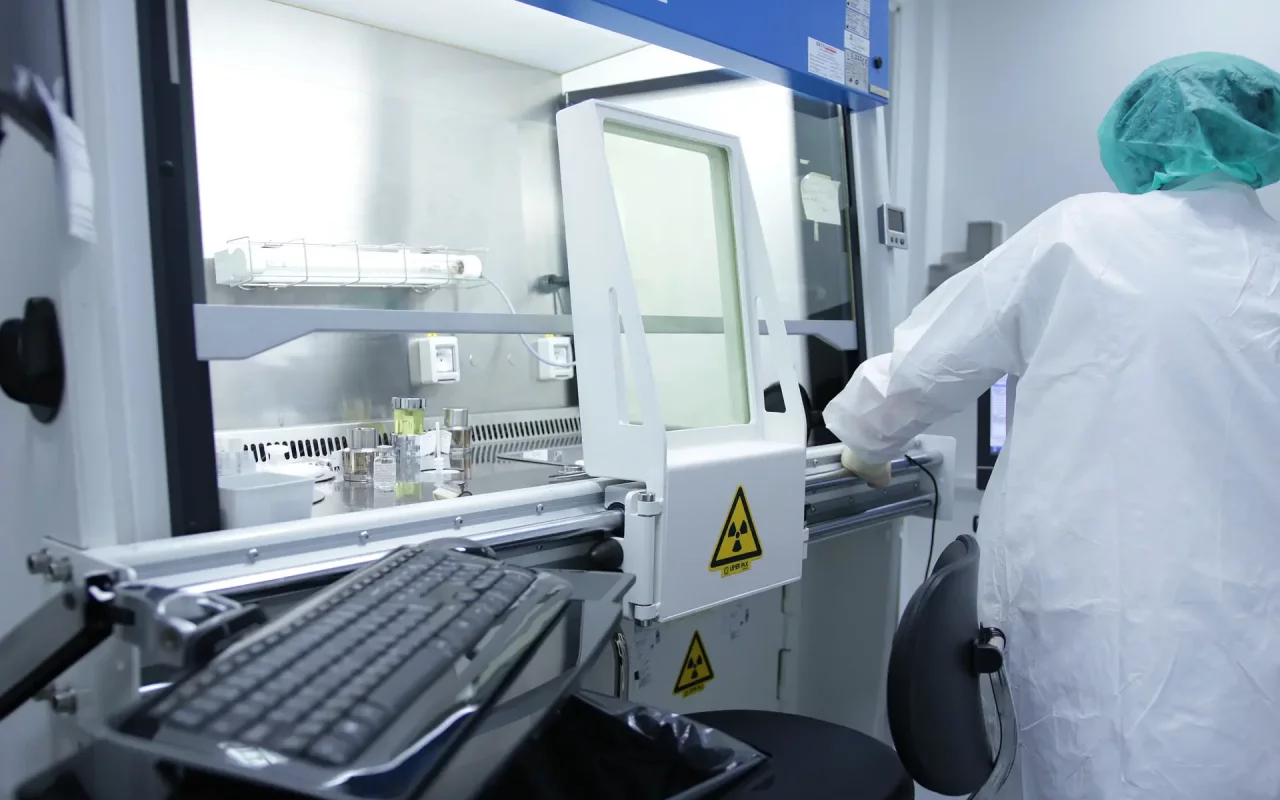Smoke is a compound made up of carbon particles and/or incompletely burned elements; when smoke is generated from incomplete combustion, it contains a significant concentration of flammable compounds, making it highly dangerous.
In industrial settings, many processes generate smoke, with welding being a prime example. However, it is important to note that the composition of industrial smoke is closely linked to the type of material being worked on and the specific processing involved. Therefore, it is critical to prevent smoke from dispersing into the workplace due to its high toxicity and harmful effects.
Smoke removal in the industrial sector requires a detailed analysis of the materials and production processes involved. Only with a preliminary assessment, carried out in collaboration with the company's safety officer, can the necessary requirements and the most suitable systems for smoke removal be determined.
Workplace safety, regulated by Law 626/94 initially and later by the consolidated safety law - D.L. 81/2008, outlines principles for protecting workers in the workplace. These two texts regulate the presence of safety officers in companies and describe the technical measures required to reduce risks for workers. Installing a smoke removal system is one of the essential technical measures to ensure a safe workplace, particularly in sectors where mechanical processing is performed.
Systems for Smoke Removal
In large facilities, centralized systems with suction points located within the workshop, at the points of emission, are usually preferred.
This facilitates the process of removing industrial smoke, which consists of three main stages:
1. Extraction of smoke from the pollution source
2. Air filtration
3. Discharge of purified air
The polluted air is directed towards the filtration unit, which can be positioned either inside or outside the building, using a properly sized ducting system. The key component of the system is the extractor fan, which moves the air flow from the emission point to the outside.
These steps are common to most systems, but as previously mentioned, various systems for industrial smoke removal exist, and each must be studied and designed according to the company's specific needs.
An interesting solution is mobile filters, small carts equipped with extractors and an internal filtration unit, ideal for industrial processes where emissions are occasional or occur in a few points that may be far apart.
However, it is important to note that choosing the most suitable smoke removal system must stem from a study of the type of pollutant and the type of processing. This study should be conducted together with the company’s safety officer, who, by knowing the production process, can help identify the most appropriate filtration method for smoke purification. It is always recommended to request an on-site inspection and rely on companies capable of conducting technical and economic feasibility studies.
Wet Smoke Removal Systems
Wet smoke can be treated using:
- Vertical scrubbers with integrated Venturi
- Vertical scrubbers with static washing
- Vertical scrubbers with floating washing
- Horizontal scrubbers
Oil Fume Removal Systems
The main systems for removing oily fumes include:
- Modular TAF pocket filters – suitable for operations producing emissions with particulates and dust
- Electrostatic filters for dry smoke – filters that separate solid and liquid particles from a gas stream using electric forces
- Electrostatic filters for emulsion mists – ideal for operations with effluents containing powders or oily mists
- Mobile filters for oily fumes and mists – used in welding, sanding, grinding, polishing, gluing, and coating operations.

